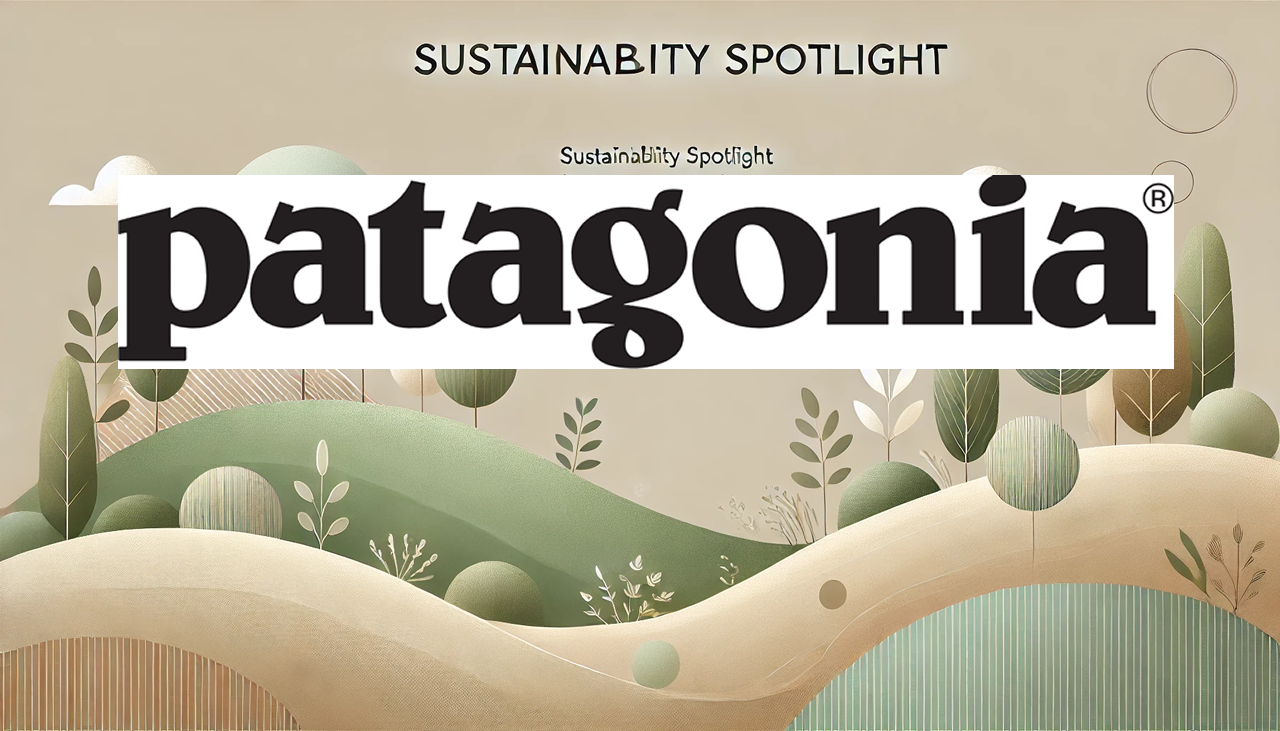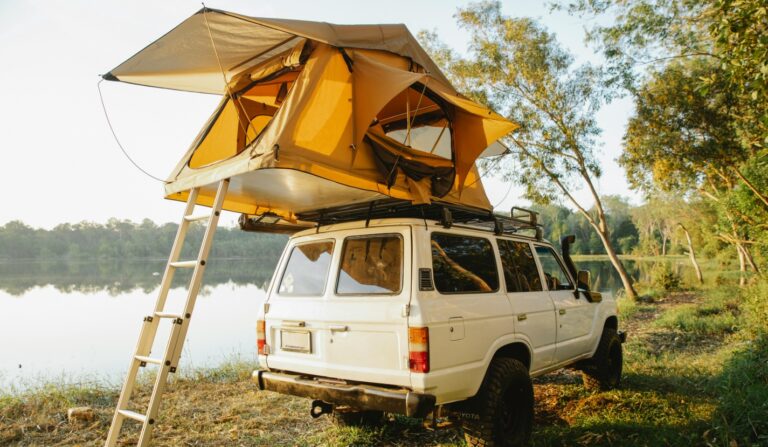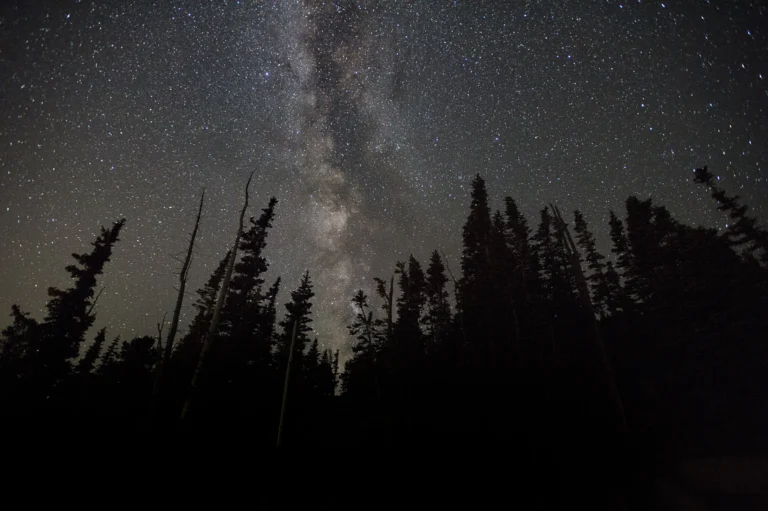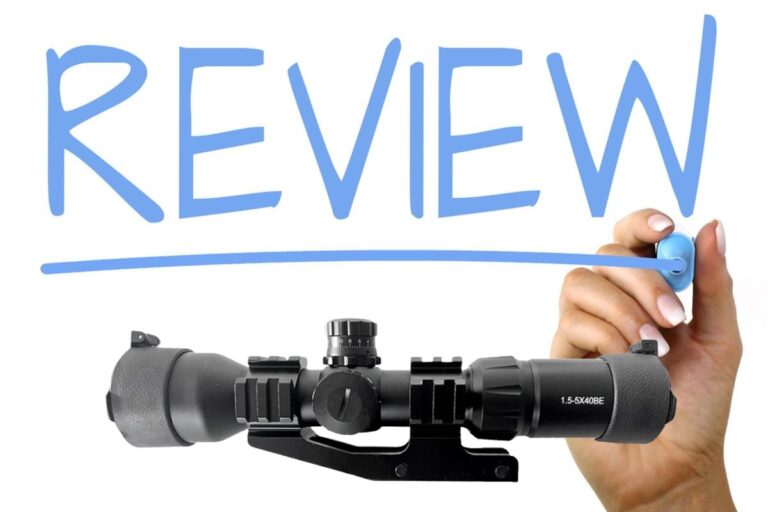
There are few pieces of gear I trust more than a well-worn fleece that’s been with me across desert wind and alpine snow. Over the years, one brand has consistently shown up in my pack, not just because their products perform—but because their mission matters. Patagonia isn’t just a clothing company. It’s a force for change.
In a world where fast fashion churns out waste and carbon at an alarming pace, Patagonia has chosen a different path—one rooted in responsibility, action, and reverence for the natural world.
A Legacy Forged in the Wild
Founded in 1973 by climber and blacksmith Yvon Chouinard, Patagonia started with a simple purpose: build better gear for the mountains. But what makes their story remarkable isn’t just their technical apparel—it’s their evolution into one of the most environmentally-driven brands on the planet.
From the very beginning, Patagonia’s identity has been woven into the fabric of the wild places they serve. Every jacket, every boot, every bag—crafted with the outdoors in mind, and with a deep understanding that preserving nature is part of the adventure.
Repair, Reuse, Resist Waste
I’ve patched holes in a Patagonia shell with duct tape on a rainy trail in Olympic National Park. A few months later, I mailed it in for a full repair—free of charge. That’s not a gimmick. It’s Patagonia’s commitment in action.
Their Worn Wear program encourages customers to repair instead of replace. To buy used instead of new. It’s a radical departure from consumer culture. And it works.
By extending the life of garments, they reduce emissions, water use, and landfill waste. Each piece tells a story. Each patch is a badge of honor. In my world, that’s not just sustainable—it’s sacred.
A Company That Gives It All Away
In 2022, Patagonia made headlines for doing something few companies would ever consider. Chouinard transferred ownership of the company—valued at around $3 billion—to a trust and nonprofit dedicated to fighting the environmental crisis.
That means every dollar not reinvested in the business goes directly to protecting the planet. Not hypothetically. Not “eventually.” Actively.
This structure isn’t symbolic. It’s functional. Patagonia now exists not to make shareholders richer, but to help regenerate the Earth. It’s a model that challenges what corporate leadership looks like in the age of climate uncertainty.
Footprints and Accountability
Transparency is another cornerstone. Patagonia openly shares their environmental impact—from water usage and carbon emissions to fair trade sourcing and labor conditions.
They’ve committed to using recycled and organic materials in their products. They invest in regenerative agriculture and low-carbon supply chains. And they continue to push boundaries by demanding more from their industry peers.
It’s not perfect. No company is. But Patagonia owns their journey, warts and all. And that honesty is refreshing.
Action Over Applause
Beyond gear, Patagonia empowers grassroots activism through Patagonia Action Works. This platform connects people with local environmental organizations, turning concern into action.
I’ve used it to find trail restoration projects near my hometown. And I’ve seen how a few hands, some tools, and a shared purpose can restore not just the land—but our connection to it.
In every thread, every initiative, there’s a clear message: the wild is worth protecting. Not later. Not when it’s convenient. But now.
Where the Trail Leads
In the ever-changing terrain of sustainability, Patagonia has chosen a hard trail. One that climbs. One that demands more. But one that leads toward hope.
They remind us that business doesn’t have to come at nature’s expense. That with the right intention, and a willingness to act, we can build something better—something enduring.
And as someone who’s spent much of life under open skies, I can say this with certainty: that matters.
Because protecting the planet isn’t just about saving what we love. It’s about making sure future generations get the chance to love it too.



